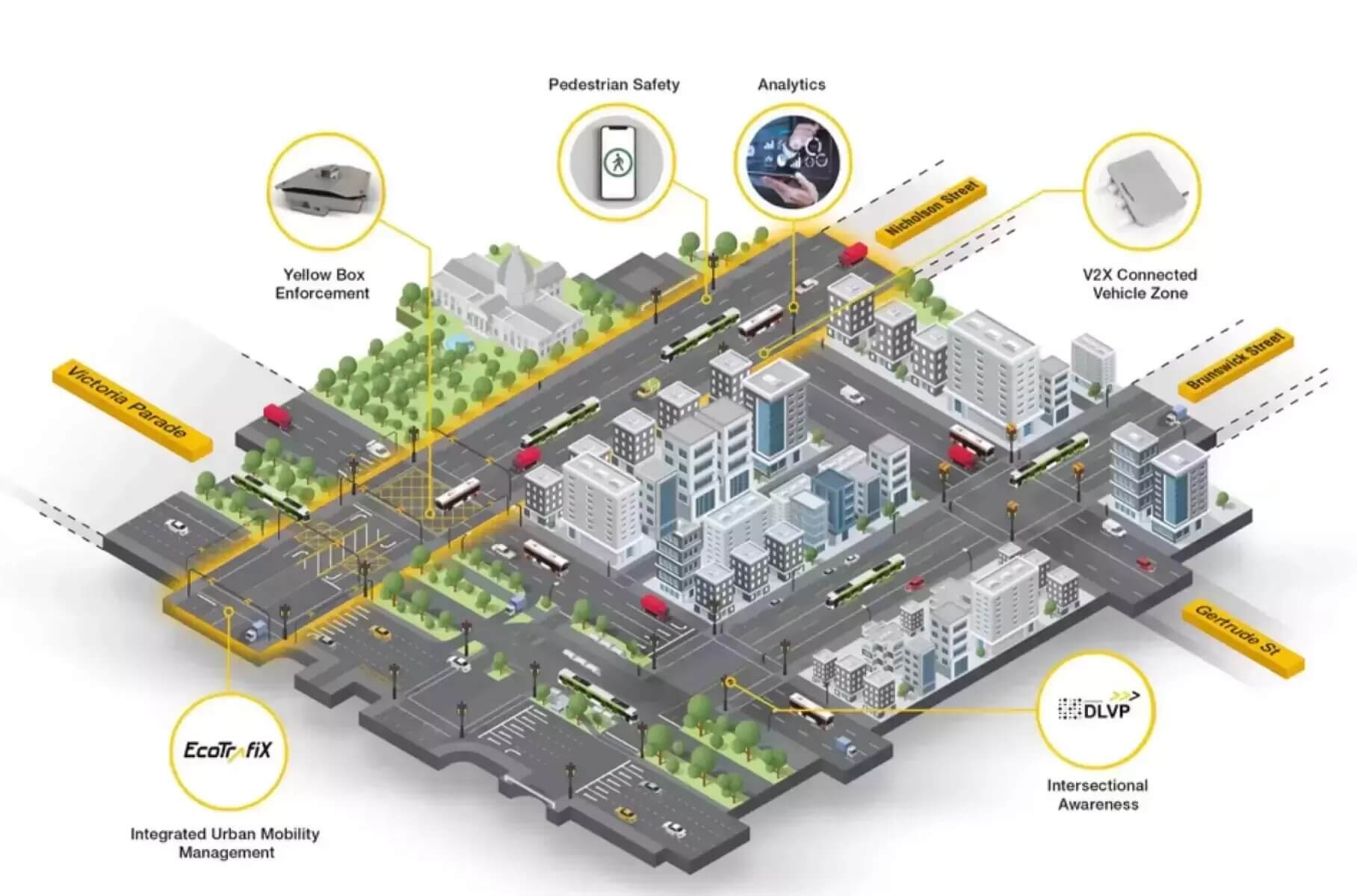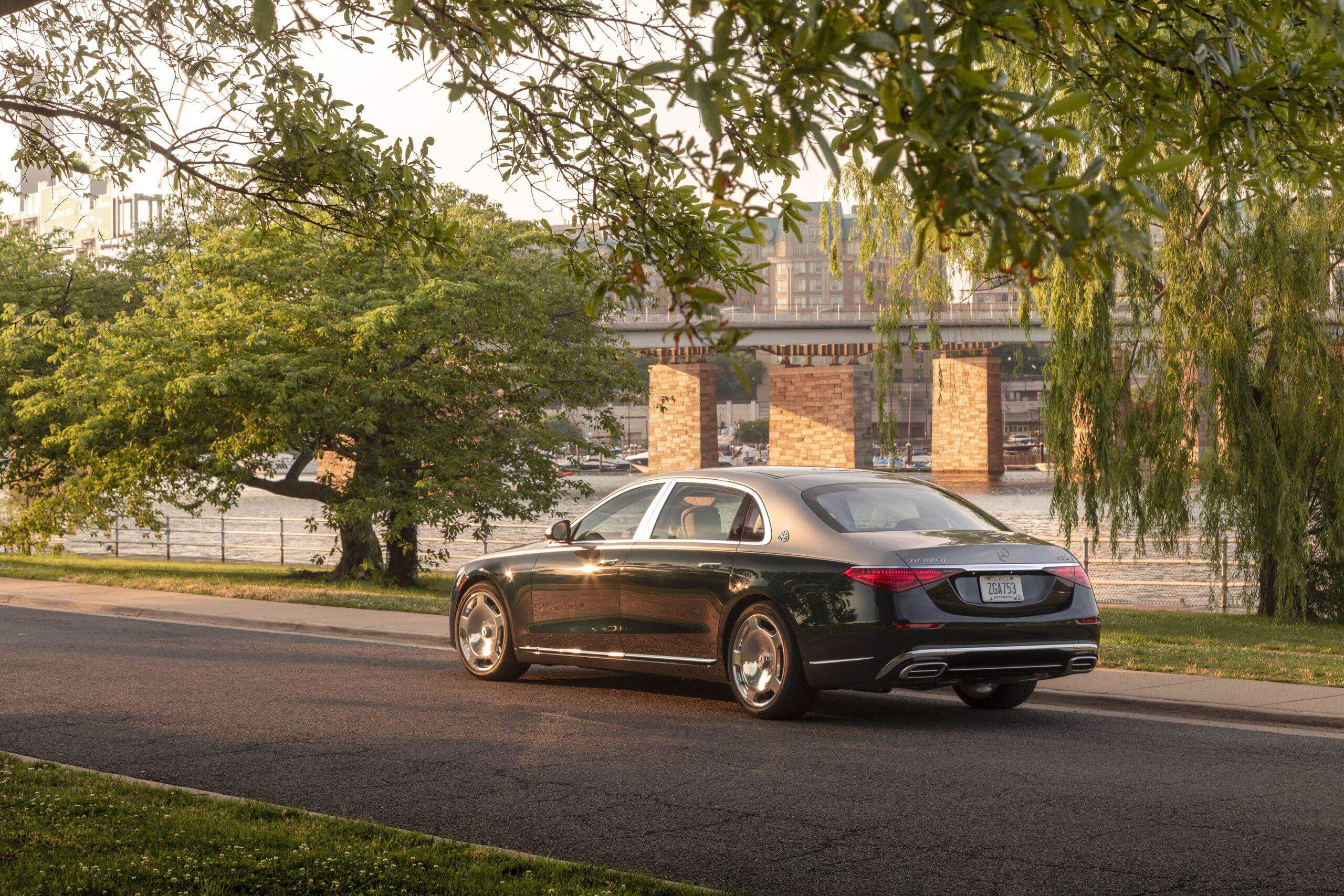Australia has launched the world’s smartest traffic control and management system. The project is called Intelligent Corridor (intelligent corridor), and is being implemented by the University of Melbourne with the support of the Austrian Kapsch TrafficCom and the Victorian Department of Transport.
The corridor uses an extensive network of sensors and cameras from the Australian Integrated Multimodal EcoSystem (AIMES). This pilot platform was launched in 2016 to test these promising transportation technologies in challenging urban environments.
The Intelligent Corridor project is designed for three years. It launched on Melbourne’s Nicholson Street, which is only 2.5 kilometers long – but it is by far the smartest road in the world. All traffic here is managed by the Kapsch Mobility software package, which includes a universal deep learning platform, an urban mobility management system, and a collaborative data processing platform for advanced analytics.

The complex is connected to AIMES, an extensive city network of sensors. Corridor will receive operational and statistical data from CCTV cameras, Bluetooth, air quality sensors, as well as information about the weather, public transport, traffic jams and traffic lights. Artificial intelligence is engaged in processing and analysis, and the results obtained can be used in different ways.
The most obvious scenario is the dynamic control and optimization of traffic flows. To do this, the system takes a picture from one of the many surveillance cameras, analyzes the number of cars, and at the level of a single lane, classifies them and generates so-called insights that affect the operation of traffic lights. In the future, it will be possible to create a green wave for emergency vehicles, as well as regulate traffic at schools and redirect it, focusing on air pollution levels.
Corridor can also predict how an accident at an intersection will affect public transport and offer passengers alternative routes. Finally, the system also increases the safety of ordinary pedestrians, for example, in corners with poor visibility. If there is a possibility that the driver will see people at the crossing only at the moment, a message will be sent to his car. So far, several Lexus models support this technology (Vehicle-to-Infrastructure, V2I), but in the future the list is likely to be expanded.
What is important, the “Corridor” is easily scaled from a single intersection to the entire city. According to the developer, Kapsch, the system is not tied to a specific location and can work with any input data.













